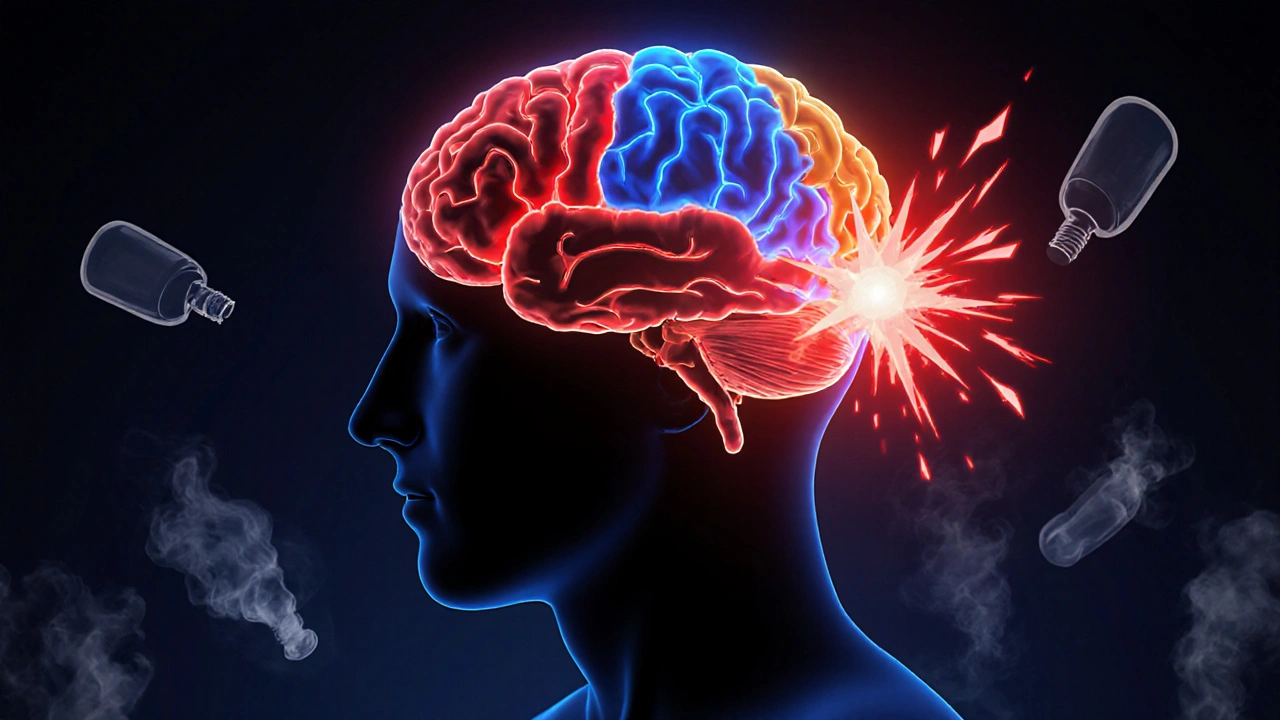Naltrexone: What It Is, How It Works, and What You Need to Know
When you hear naltrexone, a medication used to block the effects of opioids and reduce alcohol cravings. Also known as Vivitrol when given as a monthly injection, it doesn’t get you high — it stops others from getting you high. This isn’t a cure, but it’s a tool that helps people stay on track when they’re trying to quit opioids or cut back on alcohol. Unlike methadone or buprenorphine, naltrexone doesn’t activate opioid receptors at all. It just sits there and blocks them — like a lock that won’t let the key turn.
That’s why it’s used in opioid addiction treatment, a strategy that combines medication with counseling to help people recover from dependence. If someone takes opioids while on naltrexone, they won’t feel the usual rush. No euphoria. No relief. That breaks the cycle of reward that keeps addiction going. For alcohol use, it works differently — it reduces the urge to drink and makes drinking less satisfying. Studies show people on naltrexone are more likely to stay abstinent than those on placebo. It’s not magic, but it changes the game.
It’s also used in medication-assisted treatment, a proven approach that pairs FDA-approved drugs with behavioral therapy. You don’t need to be detoxed before starting naltrexone, but you absolutely must be opioid-free for at least 7–10 days. If you’re not, you could go into sudden, severe withdrawal. That’s why doctors check you carefully before prescribing it. For alcohol, you can start right away — no waiting. It’s taken as a daily pill or a monthly shot. The shot, Vivitrol, helps with adherence. No daily pills to forget.
Naltrexone doesn’t treat withdrawal symptoms. It doesn’t ease anxiety or insomnia. It doesn’t make you feel better. It just removes the reward. That’s why it works best when you’re already motivated. People who use it alongside counseling, support groups, or lifestyle changes have the best results. It’s not for everyone. If you’re still using opioids regularly, or if you’re in acute withdrawal, it’s not safe. But if you’re ready to break the pattern, it’s one of the clearest tools available.
You’ll also find it mentioned in discussions about overdose prevention, a public health strategy that includes education, naloxone access, and medications like naltrexone. While naloxone reverses overdoses in real time, naltrexone helps prevent them from happening again. It’s part of a longer-term safety net. Some people use it after an overdose to reduce the chance of returning to use. Others use it to rebuild their lives without the pull of substances.
What you’ll find in the posts below isn’t just theory — it’s real-world comparisons, patient experiences, and clinical insights. You’ll see how naltrexone stacks up against other treatments, what side effects actually matter, and how people manage daily life while using it. No fluff. No marketing. Just what works — and what doesn’t.
Medications for Alcohol Use Disorder and the Hidden Risk of Relapse
Medications like naltrexone, acamprosate, and disulfiram can help reduce relapse in alcohol use disorder-but only if taken correctly. Mixing them with alcohol can undo progress and increase danger.
Read more
